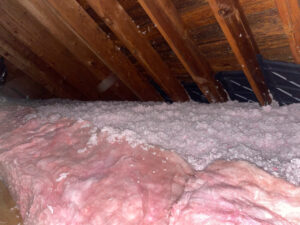A “winning attic” requires a unity between the four main players: the soffits, the baffles, insulation, and exhaust vent.
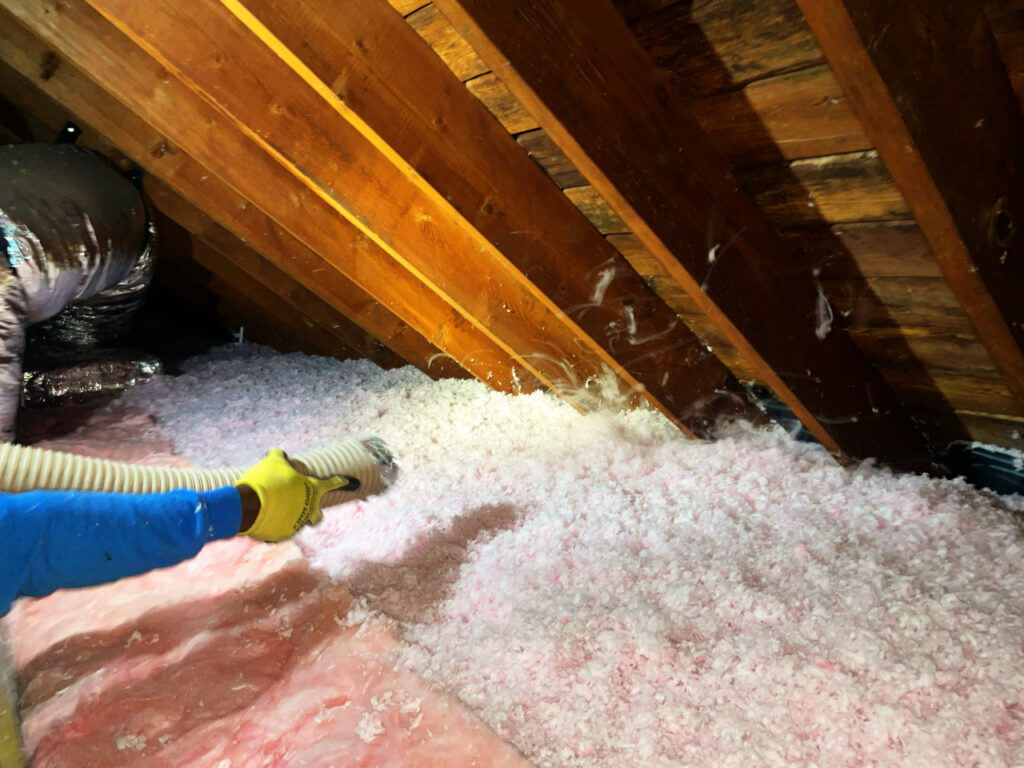
Have you ever walked into a room and thought, “It smells musty in here?” This uncomfortable air quality requires deeper analysis than just cracking a window for some needed fresh air. Rooms connected to the attic may specifically possess this poor room climate if the walls lack adequate insulation. In fact, the root of the problem may exist in the attic. Lack of baffles between the rafters stifles air flow, creating a “losing play,” to compare it to a sporting event. Air sealing and insulating needs a “referee,” a regulator between the two that keeps a fair game: the result, a refreshing, ambient living quarters. Made of carboard, PVC, waterproof foam, plastic, aluminum, or sheet metal, attic baffles serve as chutes for air to flow from the vented soffits or intake vents, along the insulation batts and out the exhaust vents at the roof peak. With the air entering the attic at its lower level and traveling up to the peak from the baffles, the air will refresh, and the temperatures will remain comfortable in exterior rooms, adjoining the unconditioned attic space.
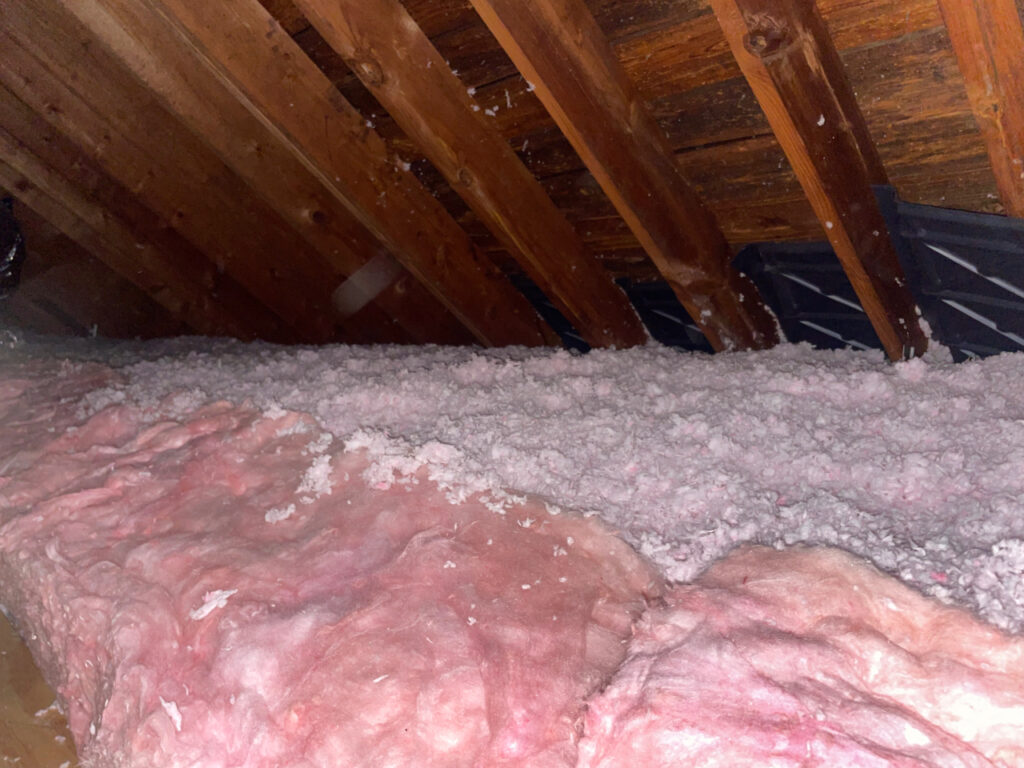
A “winning attic” requires a unity between the four main players: the soffits, the baffles, insulation, and exhaust vent. As air enters the attic through the soffit, normally made of wood, aluminum, or eco-friendly cardboard material, the vent dimensions must allow adequate air flow, but not to the extent to welcome entrance for pests like insects and mice. Humidity and even hot air flows through the attic seasonally and thisair exchange keeps the roof, rafters, and structure secure and safe. When this air becomes trapped in the attic space, the “mustiness” enters the scene. Similarly, during the winter months with the frigid air, if the air doesn’t circulate out the exhaust vent, ice dams or freezing may form at the roof’s gutters. Consequently, a homeowner is looking at damaged fascia and a costly repair bill. The aeration of warmer air will prevent this problem. At the same time, insulation from 10”-14”, along with baffles between each rafter will allow the air to flow up to the exhaust vent; but once again, an exact sized fan or exhaust vent needs to fit the attic’s schematics. An oversized fan will lead to unneeded stress on the roof rafters and ductwork. The attic serves as the playing field and the game is a unison between the players to keep the home protected and shielded from the ravages of Mother Nature.
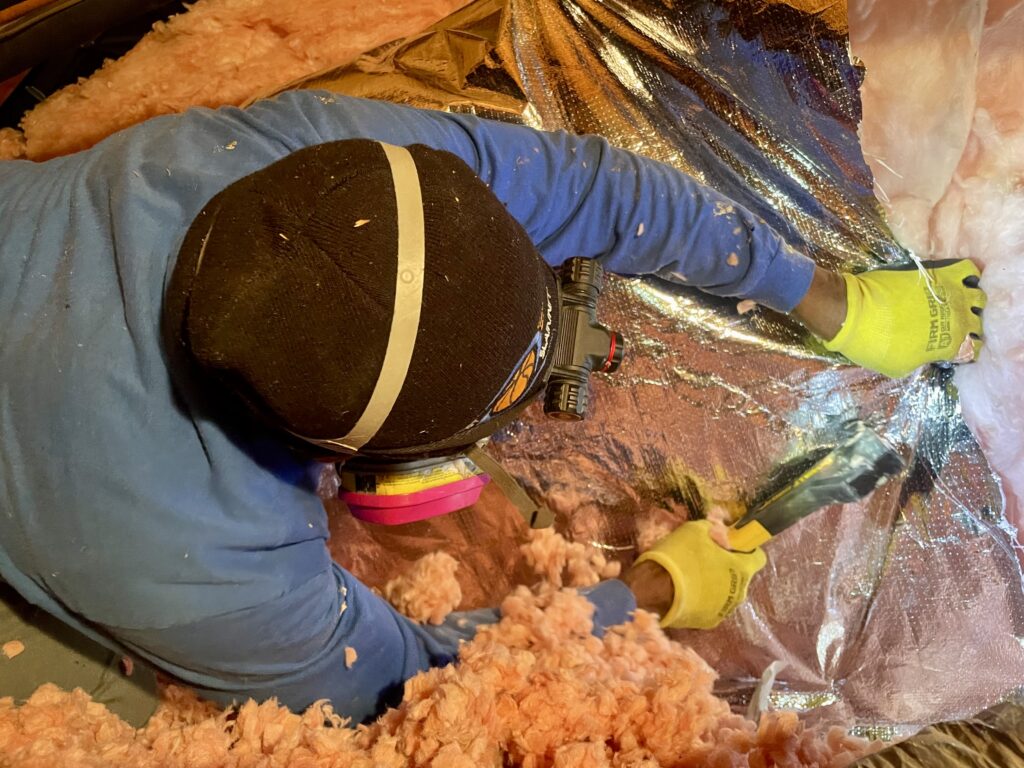
Can you play the game without baffles? Energy.gov reports, “A vent baffle should be installed between the insulation and the roof decking to maintain the ventilation channel.” It all depends on the roof design, however. If your house boasts vaulted ceilings with enclosed rafters with vents, add baffles to your “things to do list.” Baffles need to play the referee so your attic doesn’t have moisture condensation, resulting in mildew and mold that will wreak havoc on the roof’s structure. Of course, the air purity will lessen, and you’ll get that stale air or musty smell. Do your studies for the best vents, fans, insulation, and baffles for your attic, but of course, an energy expert can help with the exact match that works for your specific attic. Always, ironically, avoid over-ventilation. This mistake sets your attic up for storm “surges” and excess winds, etc. In fact, even water can leak through these extra-large vents causing costly damage. Experts report that 1 square foot of ventilation matches with 300 square feet of ceiling. Of course, the type of vent and its ability to move the air up the baffles depend on the selected design. Keep in mind for the mid-Atlantic region, the cold months signal a harbinger for mold growth. Yes, it’s time to address the problem with an energy audit before the home begins a decline from mold to rotting rafters, etc.
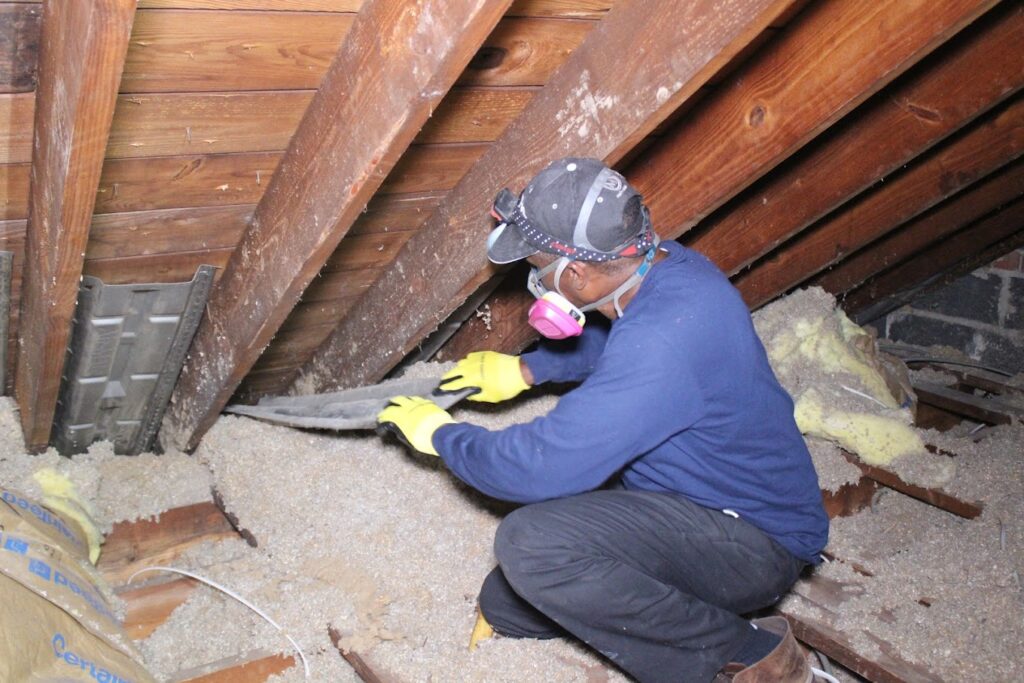
Comparing your attic air flow to a game is an easy way to think about how all variables work in unison for some major benefits. For one, keeping roof deck and attic temperatures to a safe temperature zone will ensure perfect conditions for roof life longevity. Roofing experts agree, “Often overlooked, proper ventilation up there is key to a long-lasting roof. You’ll learn what makes good ventilation so crucial and how it directly affects your roof’s lifespan.” (Fidelity Roofing) Secondly, celebrating lower energy bills is the best benefit, an easy way to measure the success. Lastly, you’ll receive some major accolades in this winning home improvement plan, hearing comments from your visitors to your home sweet home like “Wow, it feels comfortable in here!” So, what are you waiting for? Add some big, beautiful baffles to your attic rafters!

Join our "Home Sweet Home"
Newsletter Club!
- Bradley
- No Comments

